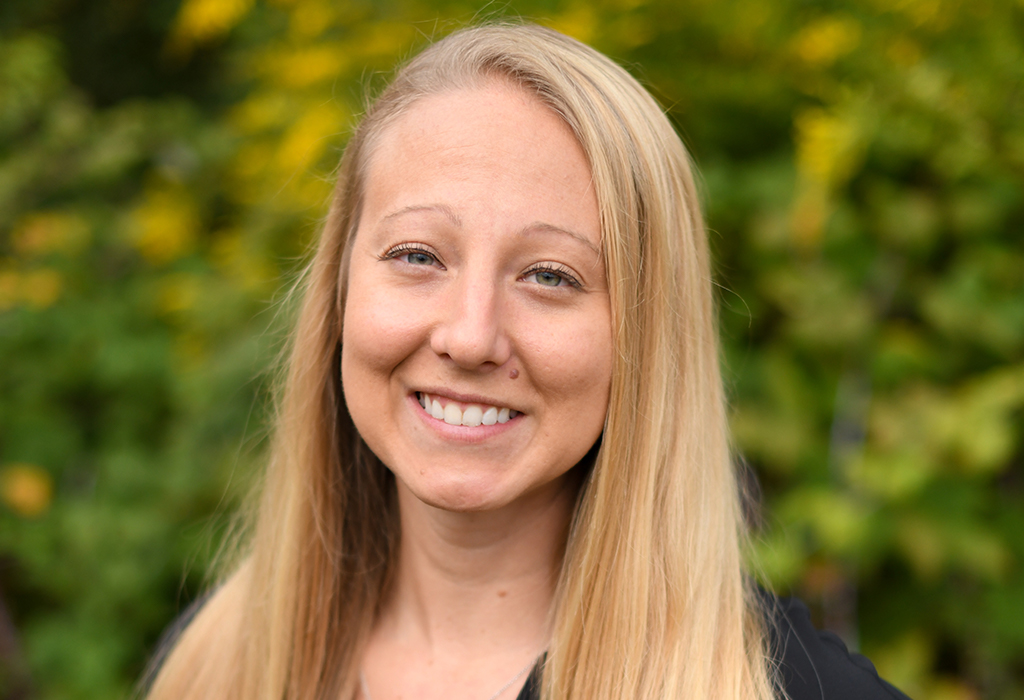Throughout my training and career, this question has certainly come up more than once. Now, more than ever, with the topic of DO physicians making news and headlines (all press is good press, right? Not necessarily…) are we presented with the opportunity to educate and share exactly what “DOing” is.
DO stands for Doctor of Osteopathic Medicine whereas MD stands for Doctor of Medicine. Like MDs, Doctors of Osteopathic Medicine are fully licensed physicians who can practice in all areas and specialties of medicine. We practice evidence-based medicine, using the latest science and technology. During our medical school training, like MD students, the first two years are centered around classroom learning, and the last two gaining clinical experience in various specialties during clinical rotations.
Many DOs sit for the same licensing exams as MDs (USMLE) during medical school in addition to their osteopathic licensing exams (COMLEX). The field has grown 300% (wow!) in the last three decades, currently making up 11% of the physician population. In addition, 42% of actively practicing DOs are female!
In many circumstances, patients may not even notice a difference between their DO or MD physicians. Where DOs differ is the underlying philosophy that is incorporated in our medical school training.
The hallmark of Osteopathy emphasizes a “whole person” approach (a person is a unit of “body, mind and spirit”). We are trained that the person and body is whole and interconnected, and each body system affects the other. DOs have an additional 200 hours on top of general medical school curriculum that focuses on Osteopathic Manipulative Treatment (OMT). OMT is a hands-on approach, where we learn in depth musculoskeletal exam and treatment of musculoskeletal dysfunction, which may be related to visceral (other body systems/organs) or somatic (musculoskeletal) causes. While not every DO uses OMT in their day to day practice, this inherent philosophy of treating the person as a whole is how osteopaths are trained to approach each and every patient. Many of my MD colleagues approach their patients with a similar view due to their compassionate personality, but this philosophy is not part a focus their medical school curriculum.
One of the best parts of being a DO, like all differences, is being able to bring a different perspective to the table. I am proud of my training and where it has led me (here at BCOG!)!





